Seven schools and six ways from Sunday: Students, faculty brazen out COVID surge
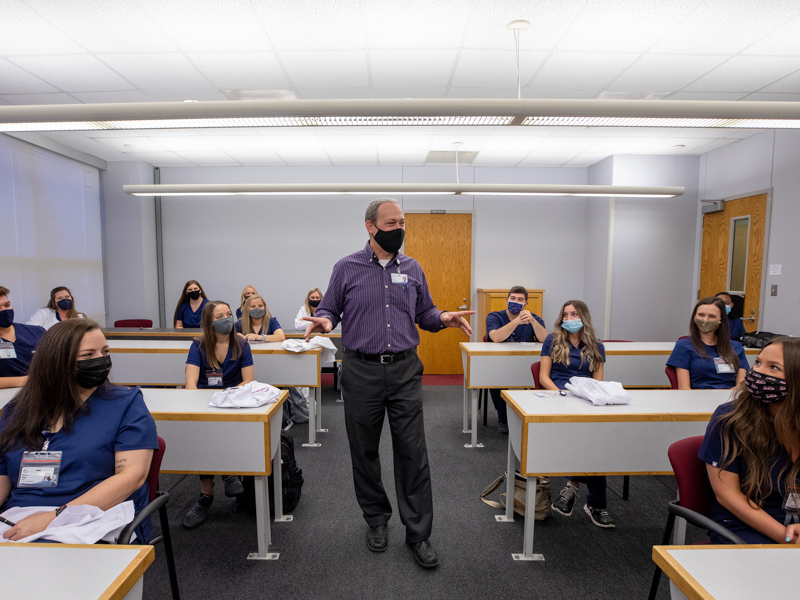
“Mind-blowing,” “life-changing,” “surreal.”
The new wave of COVID-19 continues to amaze and frustrate, and among the many who are amazed and frustrated are those trusted to lead, teach and learn in the seven schools on the campus of the University of Mississippi Medical Center.
Those quotes at the top are some of the words they use to describe the impact they’ve witnessed from COVID-19 on education; and they are proof that, no matter how well-vaccinated they may be, they’re not immune to its lack of charm.
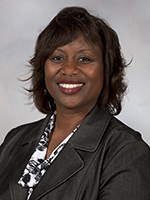
“We’re worried,” said Dr. Loretta Jackson-Williams, professor of emergency medicine and vice dean for medical education in the School of Medicine. “When it comes to faculty and staff who drive the implementation of our program, we have lost incredible talent, incredible people. We lose a little bit of history every day.”
Still, as she and her peers among the other schools make clear, their worries are infused with shots of reassurance justified by the firmness of faculty, students and staff in the face of a crisis that has gotten its second wind.
“Everyone has been phenomenal,” Jackson-Williams said. “We’ve been required to do more with less. But we remain committed to presenting our educational program in the best manner possible while keeping our students and faculty safe.”

For Dr. LaDonna Northington and her colleagues in the School of Nursing, “our challenge is knowing how to keep our students motivated and engaged and wanting to pursue this profession,” she said.
“The media is full of stories about nurses leaving in droves because they can’t take it anymore,” said Northington, professor and associate dean of academic affairs in nursing, who, including her years as a student, has been with the Medical Center for 44 years.
“The things I’ve seen now in the later part of my career are surreal. I have never known us to be in such a crisis. It’s blowing my mind.
“But we’re resilient. We will do it.”
For Dr. Stephen Stray, students like Casey Park of Greenville help vindicate such hopes.

“Casey has worked on a study that will help tell dentists what precautions they need to take against COVID,” said Stray, associate professor of microbiology and immunology, whose students include those in the schools of dentistry, medicine and graduate studies in the health sciences.
“These are things I need to tell the dental students,” said Stray, who was one of several faculty members who participated in the study. “Casey has helped get that information in their hands.”
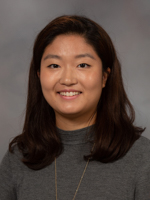
She did so using a dental manikin and other equipment, said Park, a third-year dental student, who credits her mentors in the study: Stray; periodontics and preventive sciences faculty members: Dr. Jennifer Bain, associate professor and chair, Dr. Niping Wang, associate professor, and Catherine Gatewood, registered dental hygienist; and Dr. Scott Phillips, associate professor in the Department of Planning and Restorative Sciences and associate dean for clinical affairs, School of Dentistry.
“This preliminary study was designed to evaluate whether the aerosols produced during dental procedures, including teeth cleanings, can carry viral particles away from a patient’s oral cavity,” Park said.
“There is a need to run more tests, but right now we cannot definitively say the aerosol particles that leave the mouth are highly infectious. This study and another one [elsewhere] showed that the risk may not be as high as originally thought.
“What we do know is it is still very important to take necessary precautions using PPE [personal protective equipment]. We have to wear gowns, shields, masks to protect providers and students.”
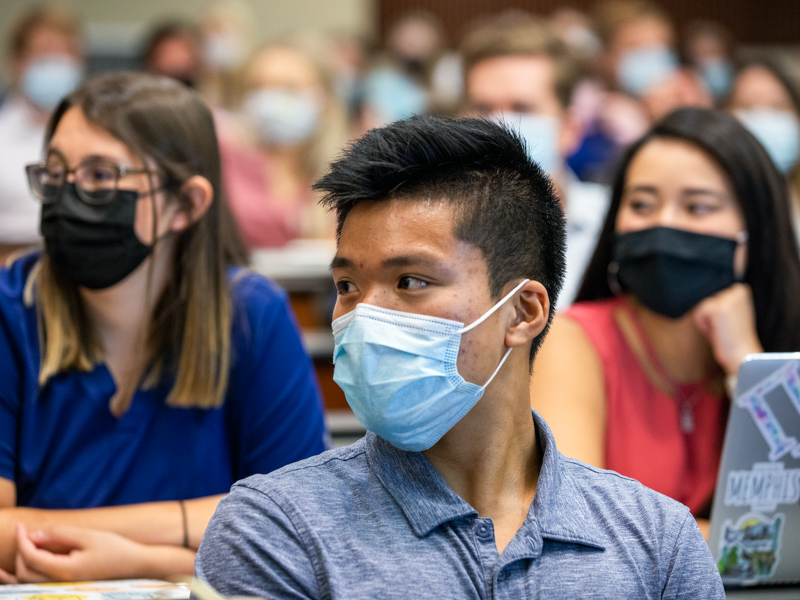
Masks, of course, have become a symbol of the pandemic, and continue to speckle the UMMC landscape, or humanscape, including the classrooms.
“We have to wear masks wherever we go; it’s second nature,” Park said. “I don’t know if we’ll ever stop wearing masks.”
Maybe so. In general, screening for COVID symptoms is not a requirement for students entering classrooms and other indoor areas. Hand-sanitizers are there to meet them at the door, though. And they must self-monitor; in the School of Population Health, for instance, contact-less thermometers are stationed on the two classroom floors.
Of course, students must also follow the UMMC Mask Policy. And they must be fully vaccinated no later than November 1 or wear an N95 mask.
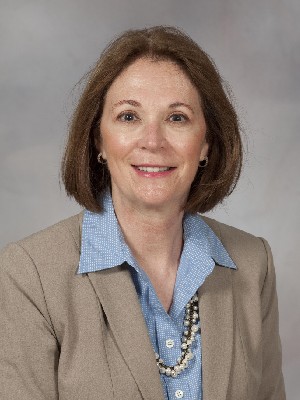
“No one enters our building without a mask, and if they present without a mask, they are ‘offered’ one,” said Dr. Jessica Bailey, professor and dean of the School of Health Related Professions (SHRP).
“Our administrative team is in constant contact with our department chairs and faculty to make sure everyone has the latest correct information regarding institutional COVID policy and vaccination and masking expectations.
“Our department chairs and program directors make sure their students also receive the latest COVID information and SHRP expectations.”
And that is pretty much the routine for all of the schools on campus. But, when it comes to the learning environment, whether students continue to meet in person or return to virtual, the final decision is as fluid as the pandemic case numbers.
When COVID-19 first raised its bristly head here, in the spring of 2020, students, for the most part, began learning online. They mostly returned to classes by the fall of 2020, and that will continue this semester – at least for now.
As Bailey put it: “We are taking each day at a time and watching the [COVID] numbers climb.
“So far, we have not been greatly impacted.” As of late last week, she said, “I have no faculty or staff testing positive and we only had two students out of nearly 500 who were positive during final exam week.”
Still, even beyond masks and vaccines, students in all schools have seen their lives, and, not least of all, their educations transformed.
One of the few things that never really changed, however, was the need to show up in person at the lab – wherever such work is required, as it is for, among others, pharmacy students.
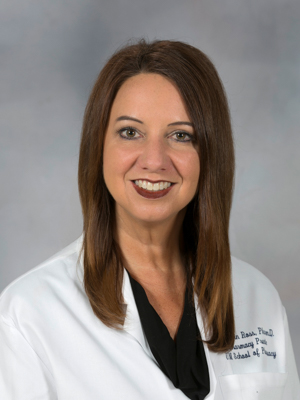
“Last [academic] year, we held virtual classes, but the students came on campus for skills lab,” said Dr. Leigh Ann Ross, professor of pharmacy practice and associate dean for clinical affairs in the School of Pharmacy. “Our students were fortunate to continue in patient care rotations with minor disruption.”
That doesn’t mean that laboratory work has been untouched by the pandemic’s deprivations, as graduate student Anna Scasny of Jackson has seen.
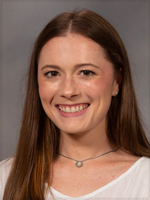
“What has been affected has to do with getting gloves or basic lab equipment – that has seen a little bit of a halt,” said Scasny, a third-year student in the School of Graduate Studies in the Health Sciences.
“It’s been taking much longer to get pipette tips and Petri dishes. But that’s because of a plastic shortage that’s worldwide or nationwide,” said Scasny, a native of Villa Rica, Georgia.
“Other than that, I’ve been able to do my experiments, get in the lab, do whatever I’ve wanted to do. I’ve been able to follow my path.”
Her path, and those of her fellow learners across the septet of schools, is stalked by the shadow of COVID, which has invaded their lectures and coursework.
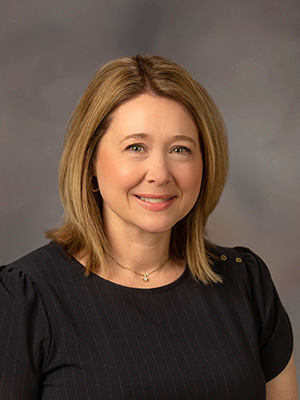
“So many of our courses are directly related to what’s going on in the world,” said Dr. Natalie Gaughf, professor and interim dean of the John D. Bower School of Population Health, “it’s just been a matter of giving real-world examples.”
In that regard, there is nothing more real than the work of Dr. Thomas Dobbs, State Health Officer, the point person in the battle against the pandemic in Mississippi; he is also a member of the SPH faculty.
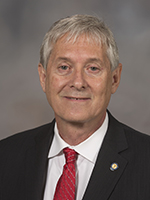
“Every disadvantage has an advantage,” said Dr. Michael Welsch, professor of population health science and director of the school’s master’s degree and PhD programs.
“The advantage is that we see from day to day the inequities and incredible population health issues that exist and which are exposed throughout the country by the pandemic.
“So, this is a learning opportunity, an opportunity to use real-time, updated data in our courses. And, certainly, Dr. Dobbs has a great ability to do that.”
Here, then, are the opportunities, abilities and challenges of the individual schools:
Dentistry
For Stray, the opportunity to instruct students in the vagaries of the virus begins after Labor Day; that’s when his course in microbiology for second-year students starts.
“My specialty is virology, and we’ve always covered the coronaviruses, which is the group COVID belongs to, but not in much detail until now,” Stray said. “There are coronaviruses that circulate in the human population all the time.
“Until COVID and its predecessor, SARS-CoV, most of those viruses have just given you colds. We always have mentioned them in the dental curriculum: ‘Here is a list of things that will give us cold-like symptoms.’
“That’s something we have to address with dental students, because they work in people’s mouths.
“Now, in our course, we have added what we know about this coronavirus, including the steps students can take to protect themselves.
“It’s probable that, pretty much more than anyone else on campus, we think in more detail about the implications of COVID.”
Graduate Studies in the Health Sciences
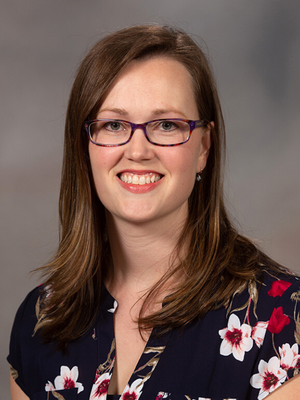
“[Teaching] was affected pretty drastically last year when we went virtual for our large classes,” said Dr. Hanna J. Broome, assistant professor of cell and molecular biology, and associate dean for student affairs and recruiting in SGSHS.
“The classes that did meet probably had only five to 10 students, so it was easier to spread out.
“Otherwise, the delivery changed, but not the curriculum. This year, instruction is back to the way it was intended to be delivered, in-person.
“For research students, it’s pretty much back to normal. In the research lab, it’s a social-distancing environment anyway.
“We have had very few COVID cases among our students, a case here and there, but not really any clusters. So that’s been good.”
Most students will start their fall semester on August 30; returning students know the COVID drill, and the new ones will learn it fast.
The rules the school follows reflect those in other schools.
“Our dean’s office gets notification when a student completes the COVID hotline questionnaire and, if that student has been instructed to quarantine until further notice,” Broome said.
“Our [associate dean for academic affairs], Dr. Sydney Murphy, follows up with that student’s program director to make sure the student is quarantining, and the student must contact the program director as well.
“We have had no issues with non-compliance. In the classroom, if we see a student with their mask down, we motion for them to pull it up.”
Health Related Professions
“Since about half of our student population is enrolled in online education, we are always prepared to shift to online if necessary,” Bailey said.
“Right now we are planning for a fall semester of face-to-face instruction in the discipline areas where that is most advantageous, but I tell all of my department chairs to stand ready for Plan B (hybrid online instruction); that’s if the COVID numbers indicate that is best for the safety for our students.”
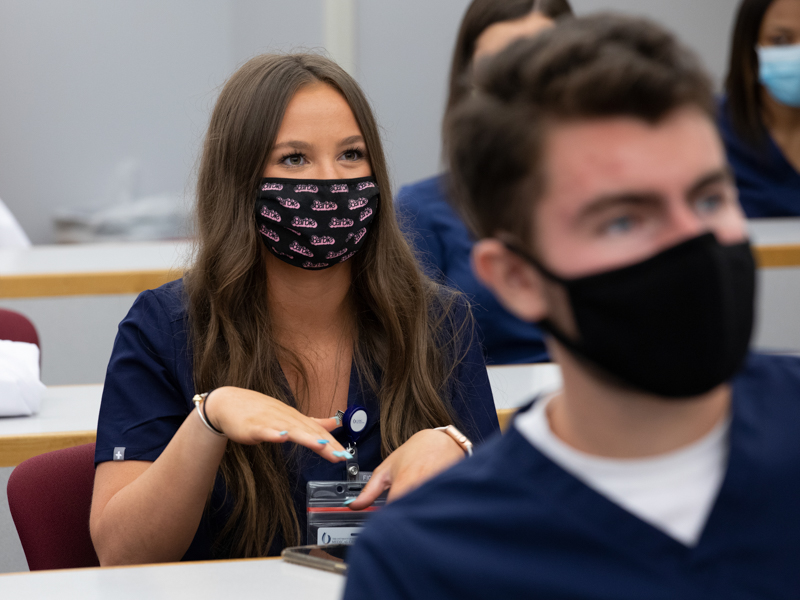
Those students are enrolled in a variety of SHRP programs: clinical and diagnostic sciences, health administration, health sciences, occupational therapy or physical therapy.
“Most of our disciplines require a course in human pathophysiology (diseases),”Bailey said, “and I’m sure they are including COVID in those courses now.
“In addition, most of our disciplines require clinical training, so the students are being instructed on how to deal with a COVID-positive patient when they come in contact with them.”
It was faculty from SHRP who developed the content for the Disaster Management Course for Students in the spring, which included volunteer work hours in response to the pandemic.
UMMC’s first interdisciplinary course for academic credit, offering two hours, it also depended on the joined forces of Rowland Medical Library faculty, the Division of Information systems, the Office of Enrollment Management, eCampus and the Office of Academic Affairs, said Dr. Mitzi Norris, executive director for academic effectiveness.
It produced 3,224 volunteer hours among the 68 students representing all schools, including 45 in the School of Medicine and 10 in the School of Graduate Studies in the Health Sciences.
Medicine
“I remind our students that things are always changing,” Jackson-Williams said.
“Prior to HIV, people drew blood without wearing gloves. Now, if you did that, people would look at you like you’re crazy.
“There was a culture shift, and there will be another one with this pandemic. At one time, patients would come in with a fever and a cough and you still didn’t wear a mask. Now, you wouldn’t think of not wearing one.
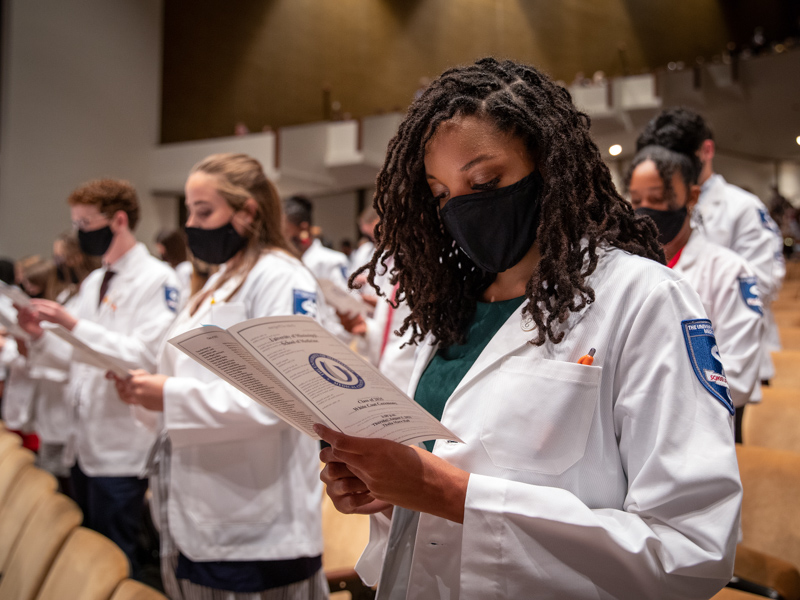
“We have always done this. We have always made adjustments. But, for someone new to all this, it’s an especially major, life-changing event.”
While the number of people who keep the medical education program running has changed – that is, dropped – the requirements the program must meet for accreditation have not changed, she said.
“We’re trying to make sure when our students graduate from the medical school that they are ready for the next step, graduate medical education, while keeping them safe. And that’s difficult.”
Keeping them safe may mean, as it does in other schools, a return to virtual learning.
“I’m sure that is something we will re-evaluate as conditions change,” said Stray, whose medical school course runs during the fall semester.
“As a classroom teacher, it’s really hard if the majority of people you teach aren’t there interacting with you while you’re giving your lecture, so you miss some of the cues, such as their facial expressions: ‘Oh, I’ve got this,’ or ‘OMG, what is he thinking?’
“But I’ve really been proud of the way all students have been able to adapt. And the technology is in a much better place, so we’re able to do things we probably couldn’t have done even five years earlier.
“The faculty members, too, have held themselves to such high standards. They have really gone beyond the call of duty.”
Nursing
“When the pandemic first hit, last year, the class of 2020 missed most of their spring classes on campus,” Northington said. “Virtual classes mean that you miss the nurturing part that nursing is so good at.

“Students said they miss dropping by the faculty members’ office or staying around to discuss things related to clinical. The impromptu nurturing is something you can’t do online. But we know that our faculty are effective in the delivery of content both ways.
“Right now, we are planning to continue having face-to-face lectures for the fall; but, day to day, we are kind of walking on eggshells. We’re working on ‘Plan B’ if we have to pivot fully to virtual.
“We are also planning to be in the hospitals and do clinical coursework, and we hope that our students can help alleviate the nursing staff shortage. They can be a big help to the nursing staff.”
Pharmacy
“We’re really proud of our students, seeing them be part of the Medical Center’s response to COVID,” Ross said.
“We have added training to make sure they are prepared to administer the vaccine. They are also able to volunteer to administer the vaccine through the [Mississippi State Department of Health], as well as to students and employees on both campuses.”
For the School of Pharmacy, those campuses are in Jackson and Oxford, where first- and second-year students train.
Wherever pharmacy students gather, Ross said, “we have talked with them more and more about resilience, handling the stresses of the hybrid learning environment, and those personal stresses that come with this pandemic, in their own lives and those of their families.

“And now they’re coming back, so we need to keep an eye on that. We are trying to make sure they’re all doing well.”
Population Health
“With this Delta variant,” Gaughf said, “if we have to pivot back to online, we can do that quickly because everything is already in place.
“Two of our five academic programs are distance-education programs anyway. And some of our faculty are in other states. So a lot of changes we made allowed us to serve those students and faculty better than maybe we did before.”
Taking its first students in the fall of 2017, the School of Population Health is the newest school on campus. It is also the smallest; the official tally isn’t in yet, but Gaughf anticipates a fall enrollment of 55 – which would be a record high.
“We are so small, we are able to attend to individual student needs, maybe easier than other schools are able to,” she said.
In the master’s program, those needs are met online – “it’s a virtual program anyway,” Welsch said.
“But because of the nature of the PhD program, face-to-face interaction is important for those candidates’ success. We certainly look forward to being able to do that.”
But for Welsch and his colleagues, faculty meetings will remain virtual – and that may be a good thing, at least for him, as the owner of an indoor, exercise bike.
“I cycle during those meetings, which is my way of avoiding the dangers of physical inactivity during the pandemic,” Welsch said.
“I’ve put quite a few miles on my odometer.”


